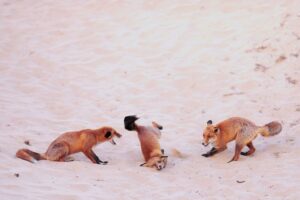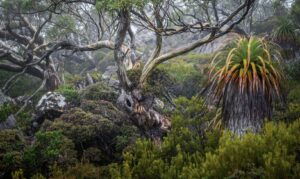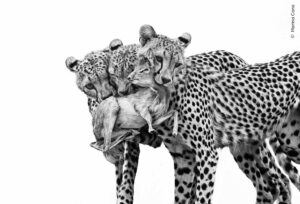The California Academy of Sciences has announced the winners of its annual Big Picture photography competition. This year, the $5,000 Grand Prize went to a golden hour shot of a brown lemur jumping between limestone spires. The lemur leading the group makes the giant vault with her baby clinging to her back.
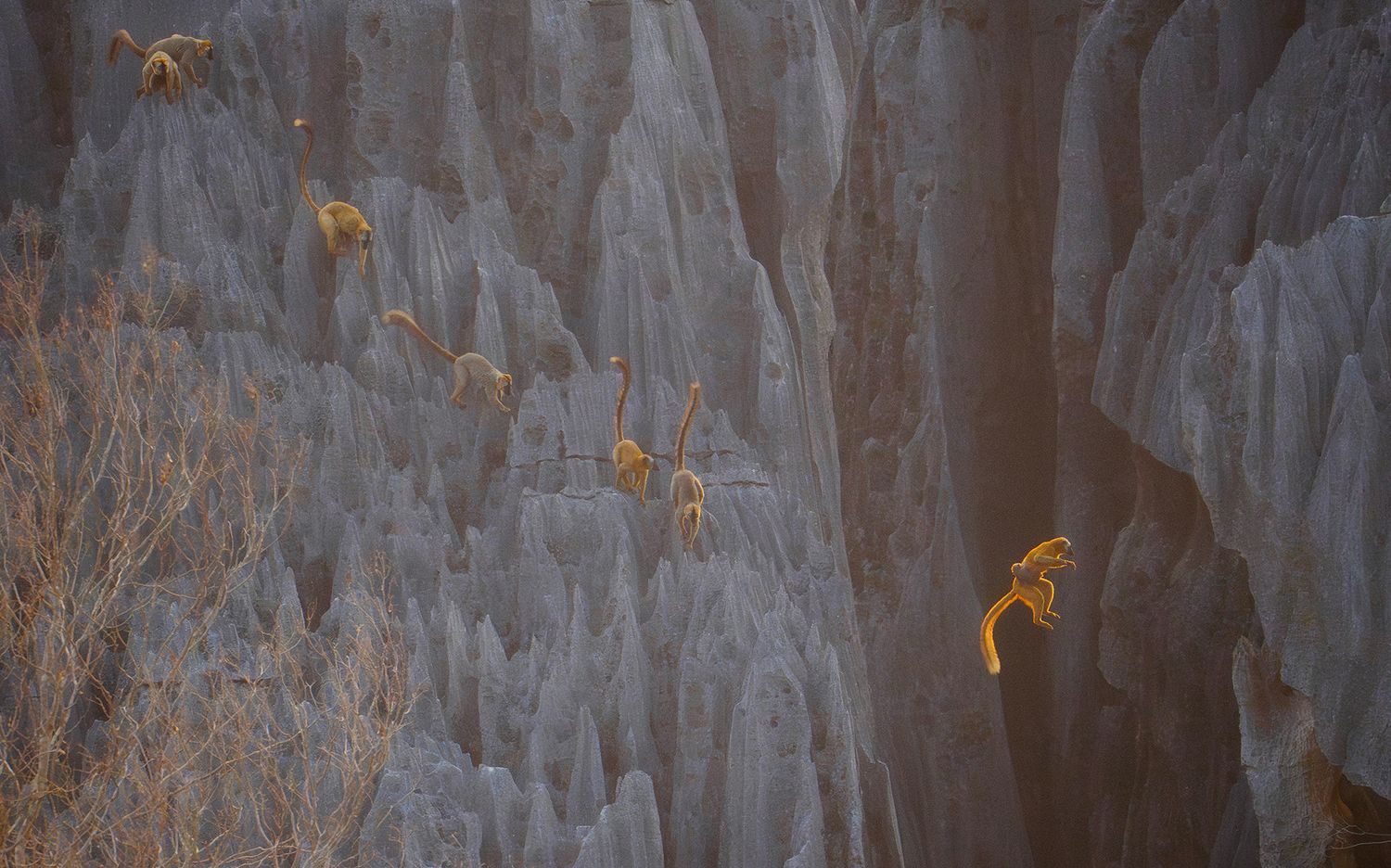
Wildlife photographer Donglin Zhou works in conservation. Photo: Donglin Zhou
Aquatic Life winners
The judges also awarded prizes in different categories. In Aquatic Life, another mother and her young took home the gold. A Caribbean reef octopus curls around her children, her tentacles protecting the eggs. Inside each egg, a tiny octopus floats.
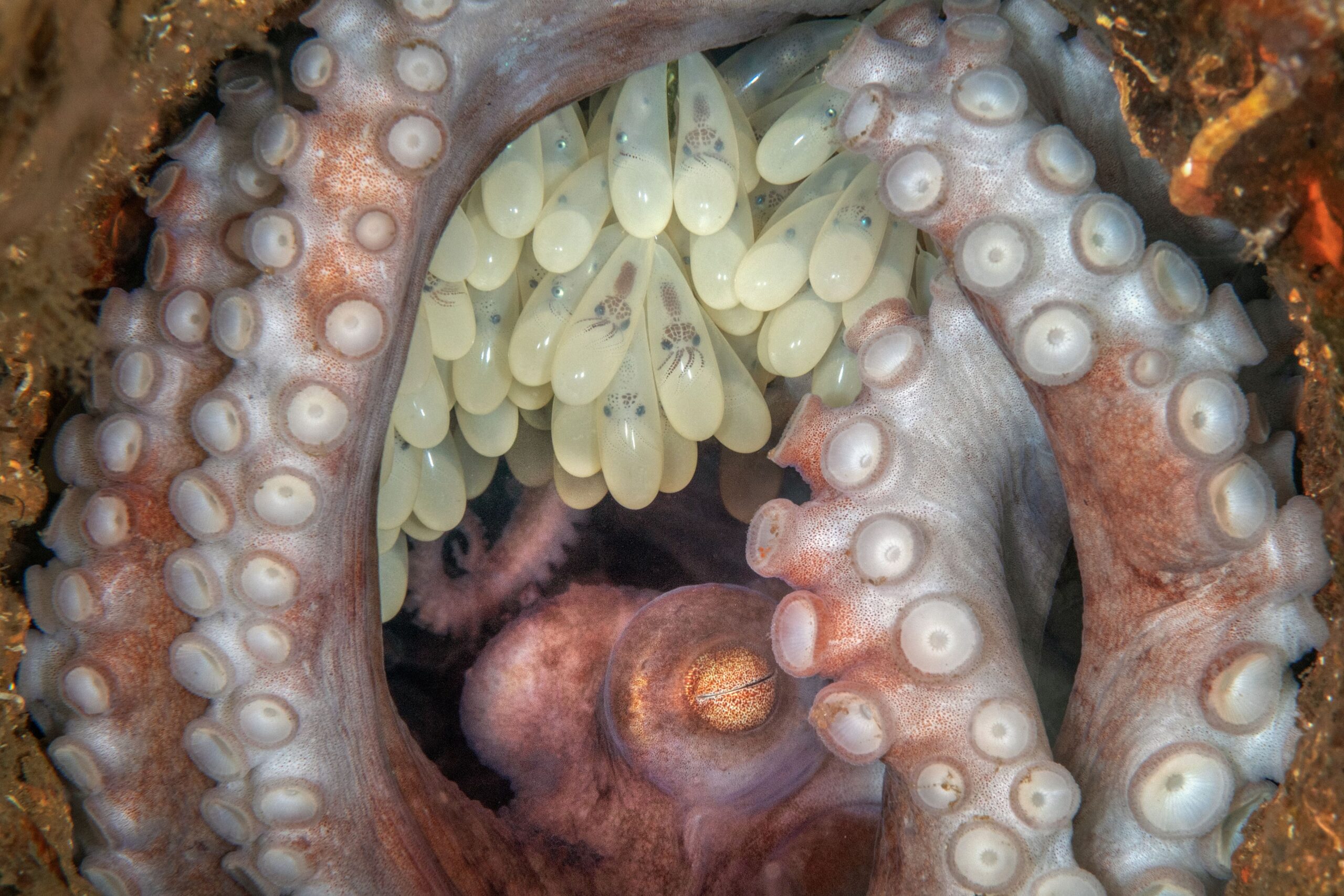
Female Caribbean reef octopuses starve to death during the hatching period. Photo: Kat Zhou
The Big Picture also released the finalists in each category, which you can peruse here. In the Aquatic Life category, this wide shot of a green sea turtle is particularly striking.

A sea turtle swims near a volcanic island off the coast of Japan. Photo: Hitomi Tsuchiya
Terrestrial Life winners
The finalists in this category span the Arctic tundra to deserts and savannas. Highlights among the finalists include this shot in the Chilean mountains of a puma stalking similarly colored guanacos…
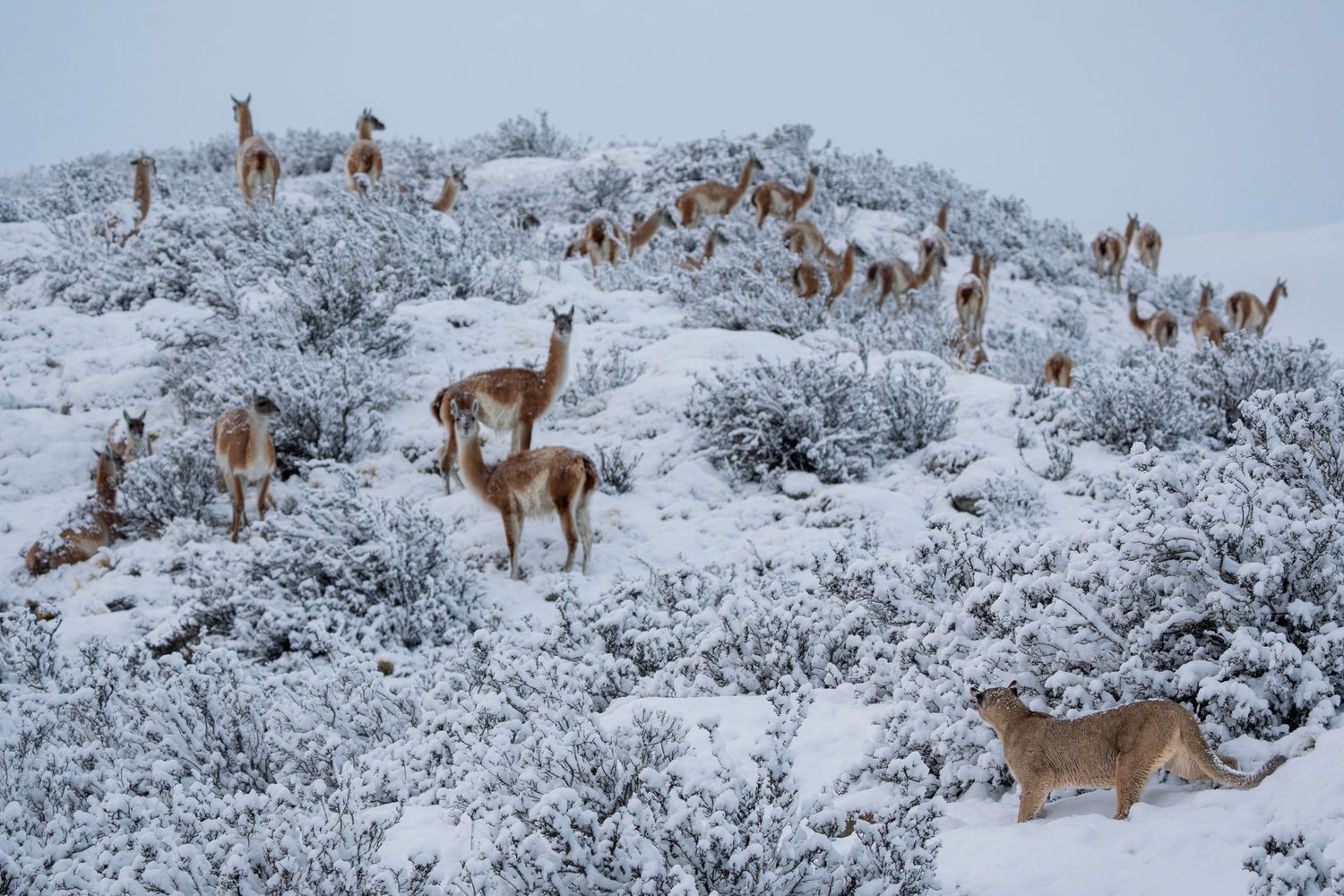
Guanacos are relatives of the llama and live at high altitudes in the Andes. Photo: Lucas Bustamante
…and this dramatic photograph of an elephant and an eland herd in Zimbabwe during the dry season. Dust in the air creates those blood-red African sunsets.
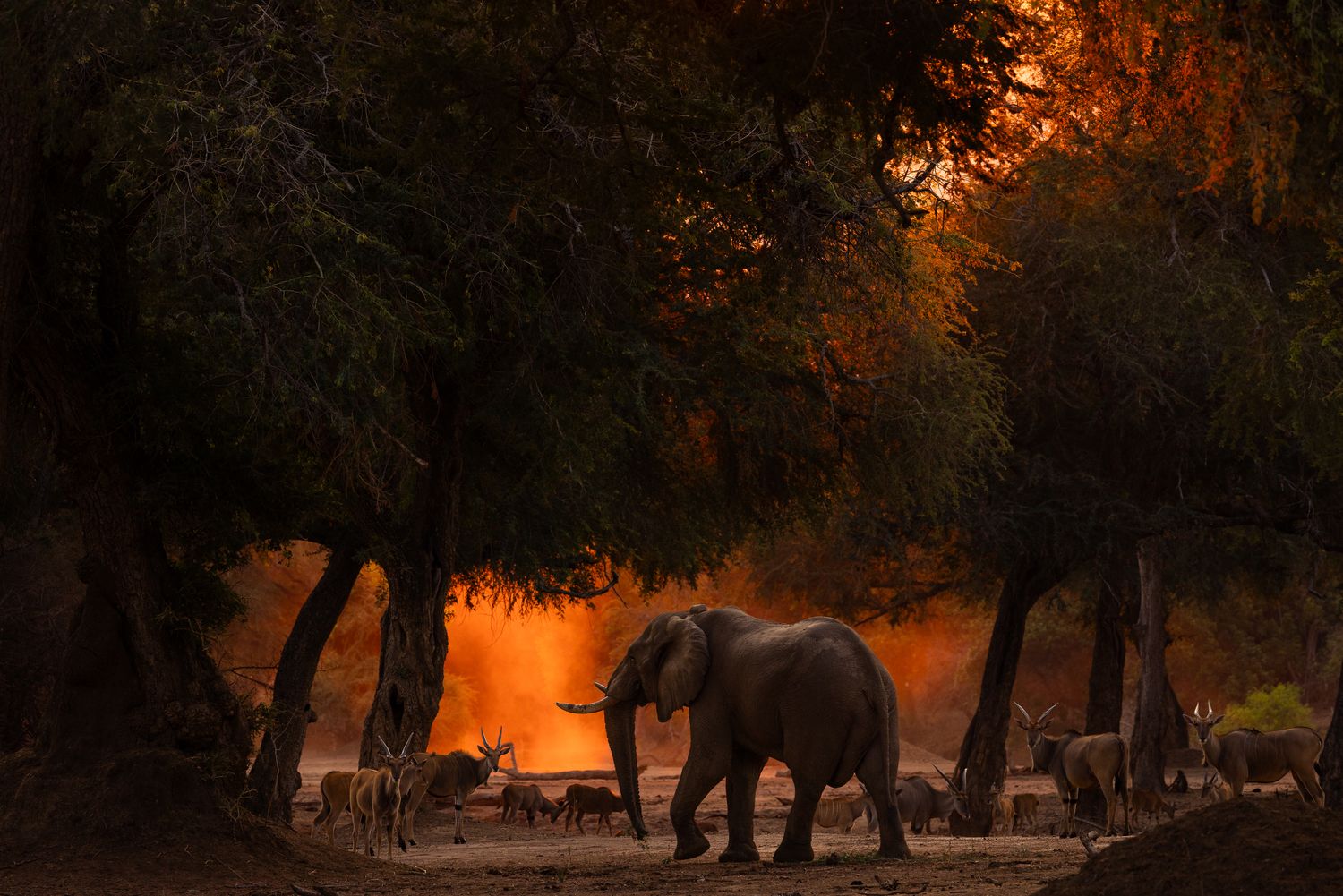
The African bush elephant may have comforted the elands with its presence, as they did not flee the photographer. Photo: Charlie Wemyss-Dunn
But a pack of Arctic wolves on Ellesmere Island took the prize after curiously thronging the photographer. They were close enough that he could smell their breath.
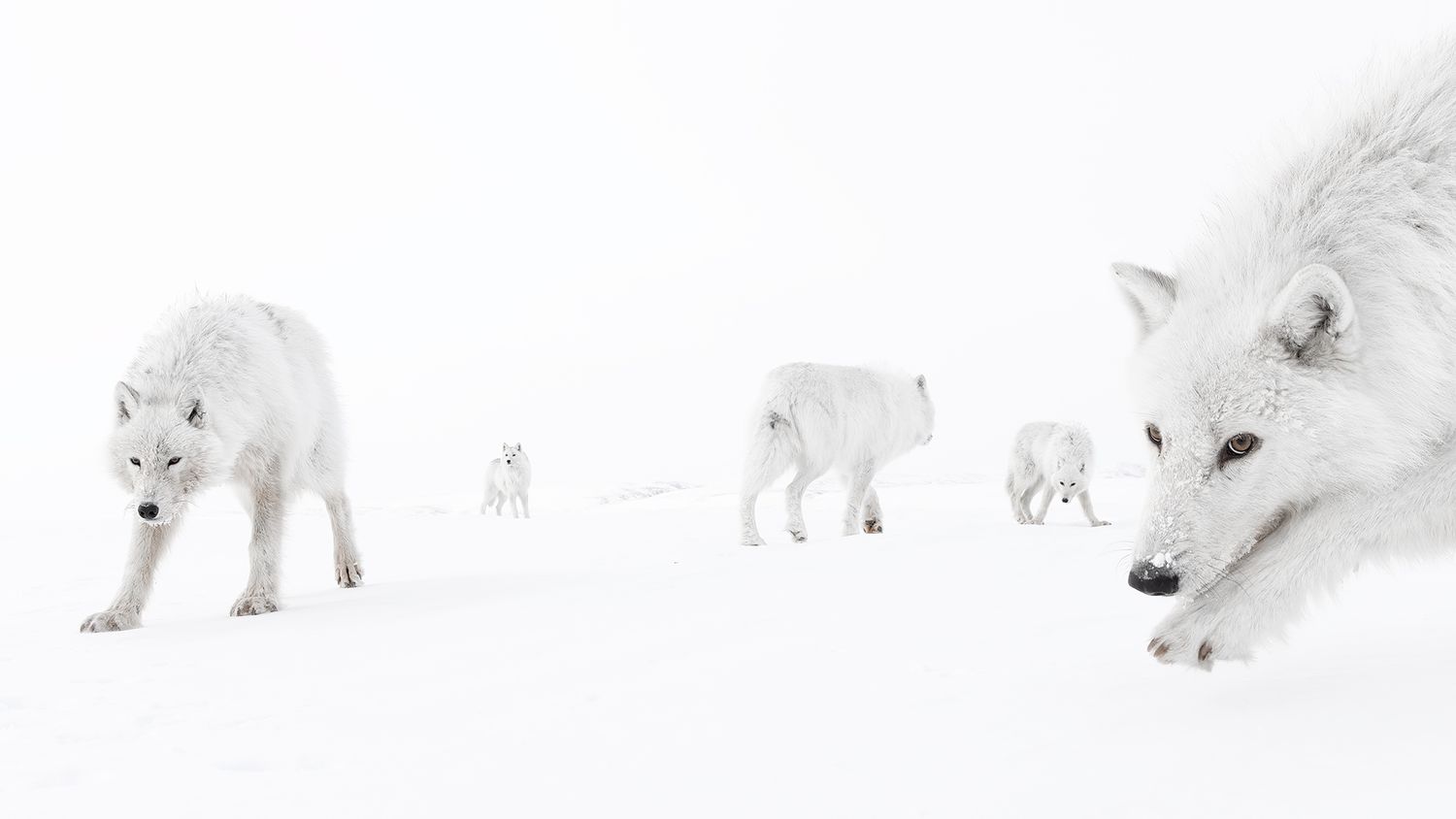
Besides his wildlife photography work, Amit Eshel designs wildlife-inspired jewellery. Photo: Amit Eshel
Winged Life winners
Bats, birds, and bugs galore! But this category doesn’t focus only on photos of winged creatures in flight. Finalists include this moth pupa…
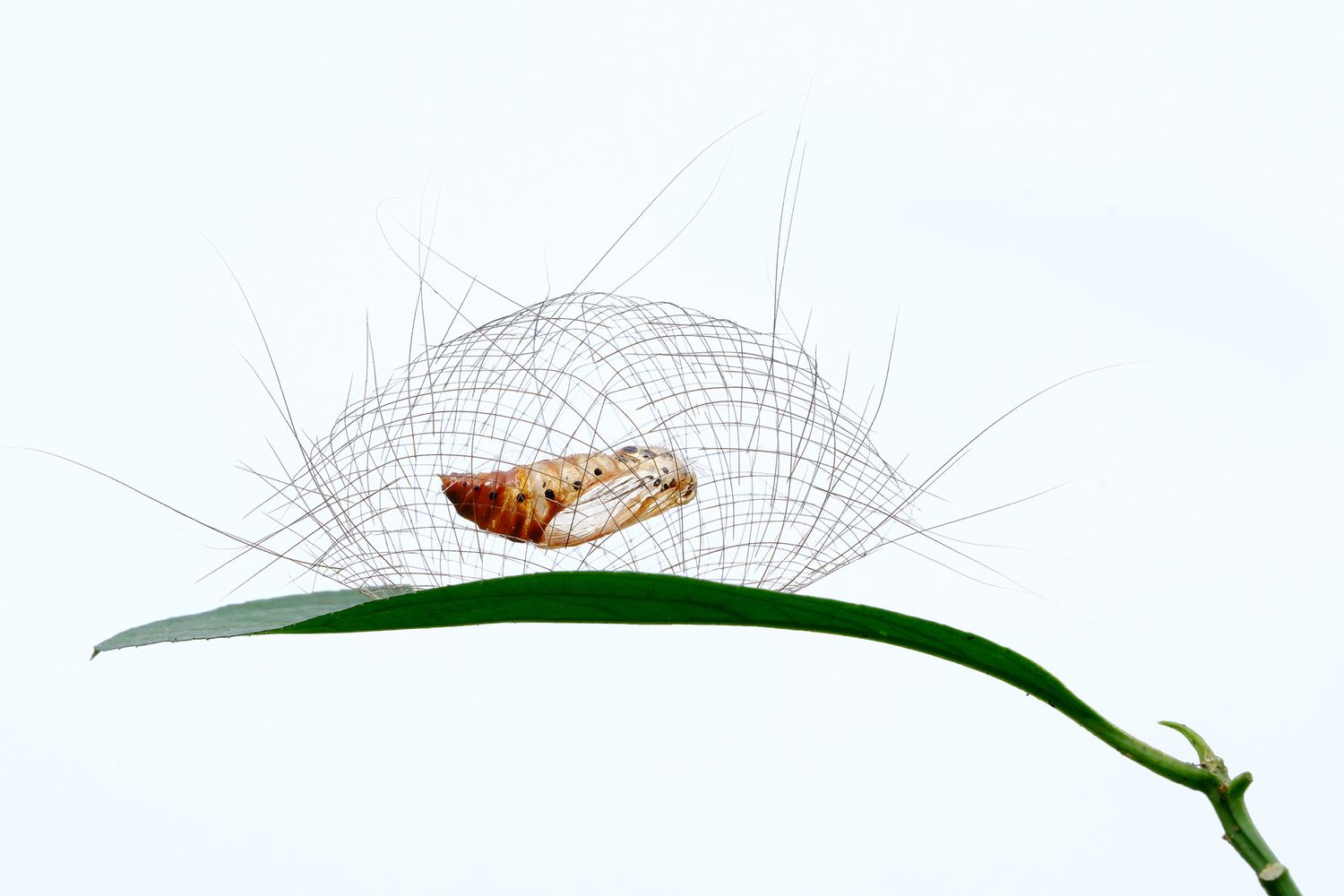
The webbing around this moth pupa stings predators that attempt to feed on it. Photo: Minghui Yuan
…alongside this grey-headed flying fox soaring through the air with its pup.
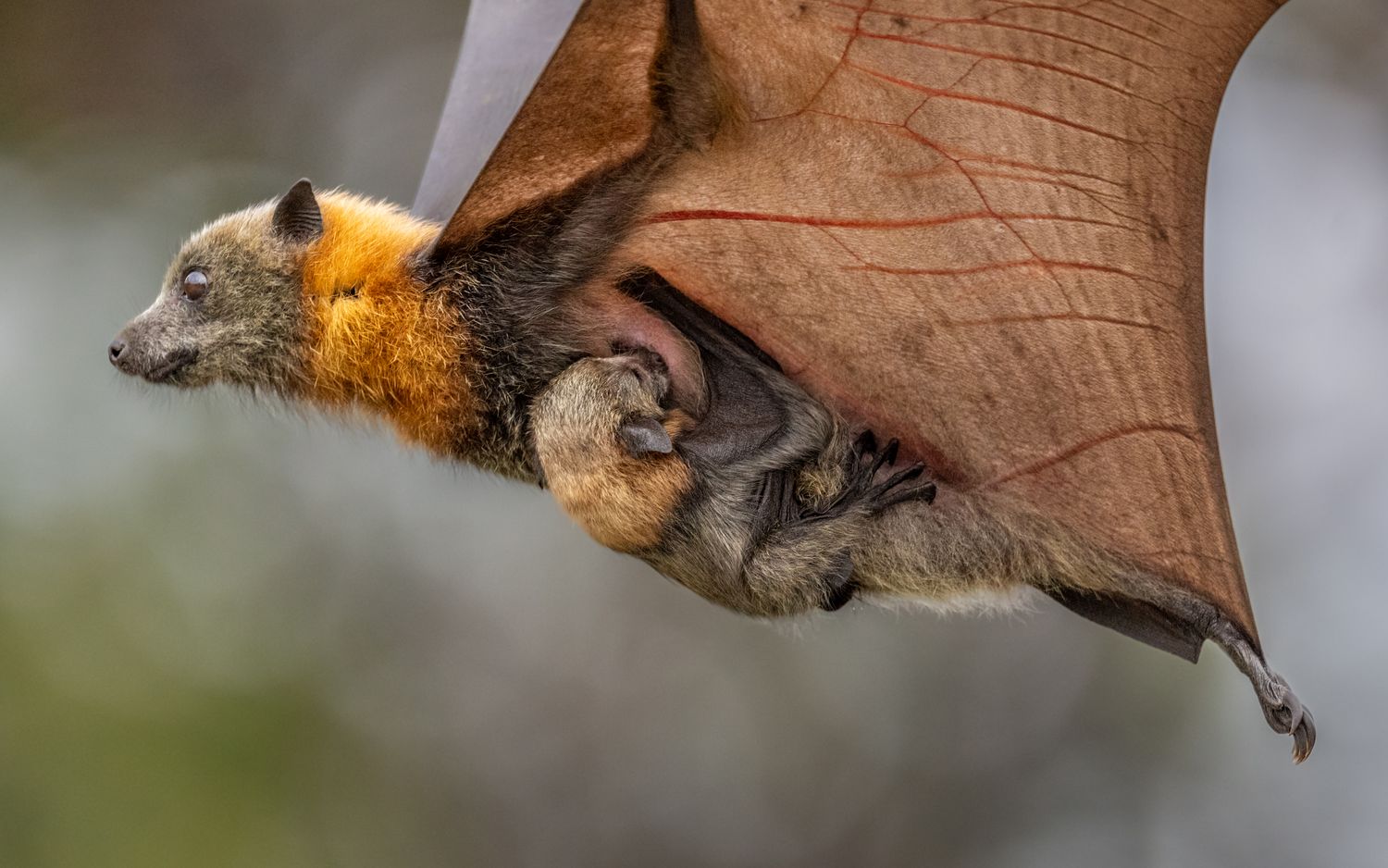
This species of bat is the largest in Australia. Photo: Doug Gimesy
The Honduran white bat took the prize in the Winged Life category. This mother plunges off a leaf to look for food, leaving behind her five pups clustered together like a bunch of berries.
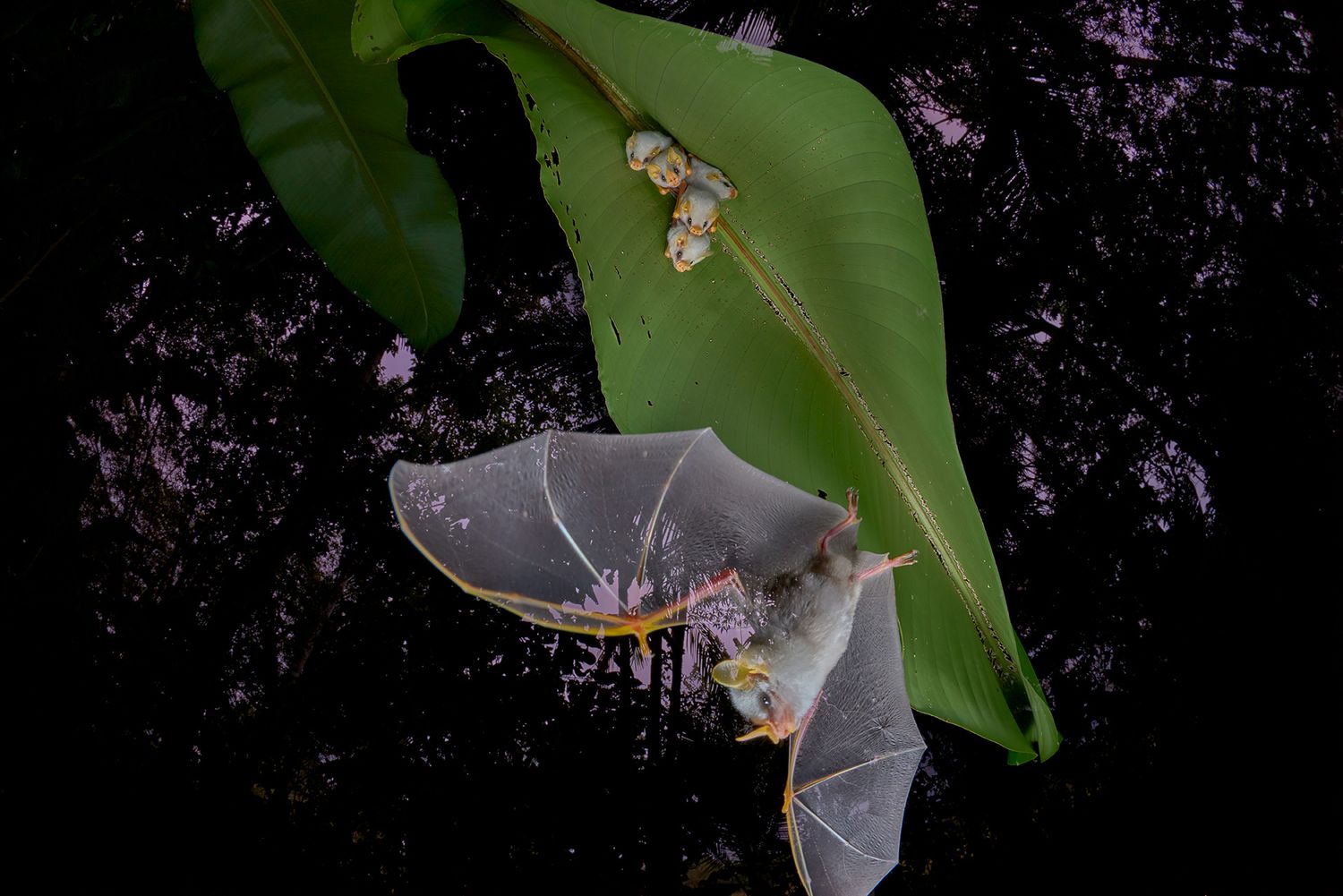
The Honduran white bat’s wings are so thin that the forest behind them is visible through the tissue. Photo: Dvir Barkay
Landscapes, Waterscapes, and Flora winners
This non-wildlife category rewards less dynamic shots than the typical wildlife show stopper. The winning photograph this year documents what looks like an eye but is actually the unfrozen center of a lake in Poland, crisscrossed by animal tracks.

Marcin Giba runs photography festivals in Poland and works extensively with drones. Photo: Marcin Giba
A particularly striking finalist image documents a 2024 cyclone that flooded southeastern Morocco. Once-dry lake beds suddenly revitalized, destabilizing local ecosystems.
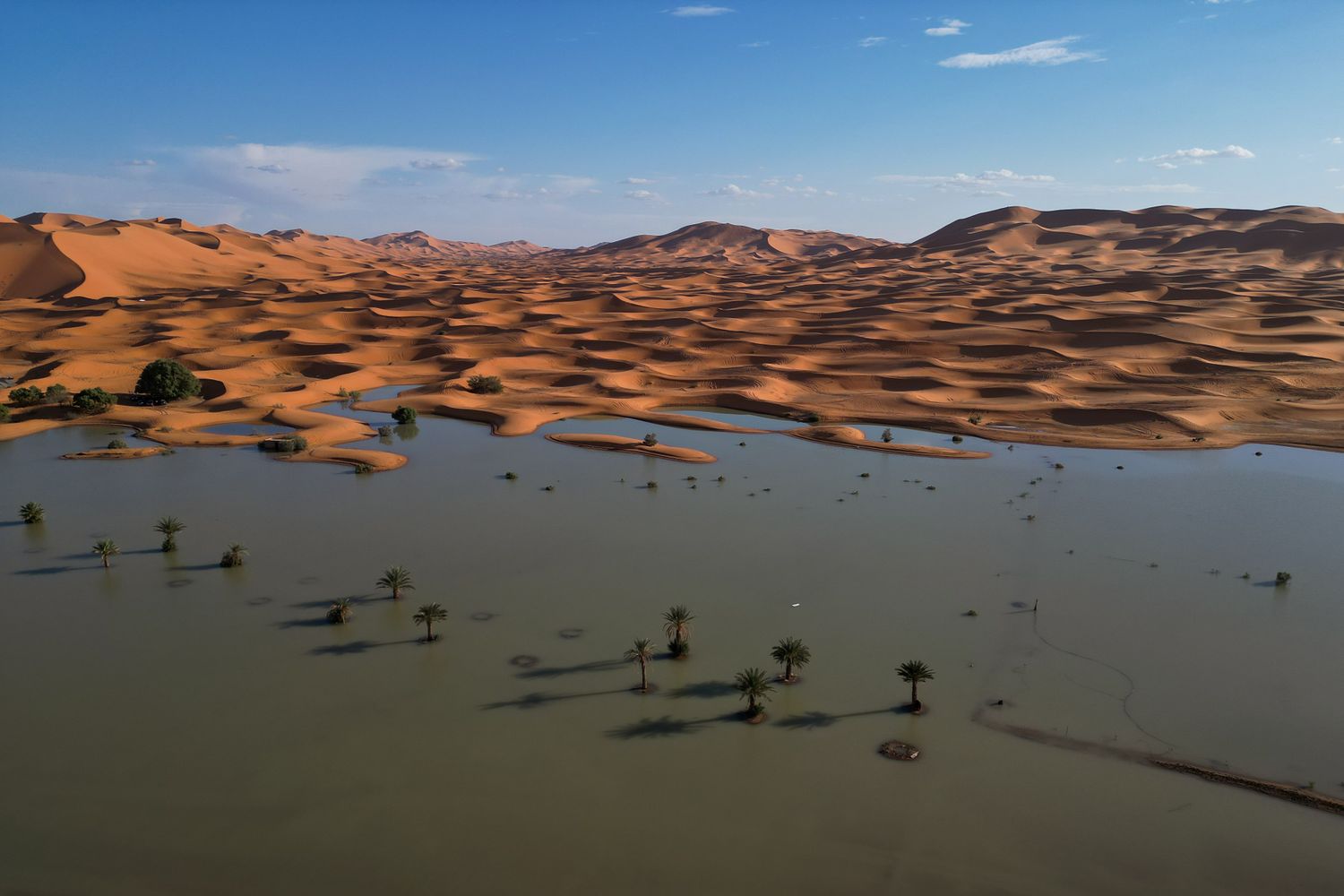
This photograph shows the impact of climate change as weather systems tend to extremes. Photo: Stelios Misinas
Art of Nature winners
This category rewards photographs for which the medium is the message. Unusual shutter speeds, instruments, and sensitivities all have their home here. The winner is this Turner-esque photo of waves off the coast of Germany. A slow shutter speed captured the motion of the water.
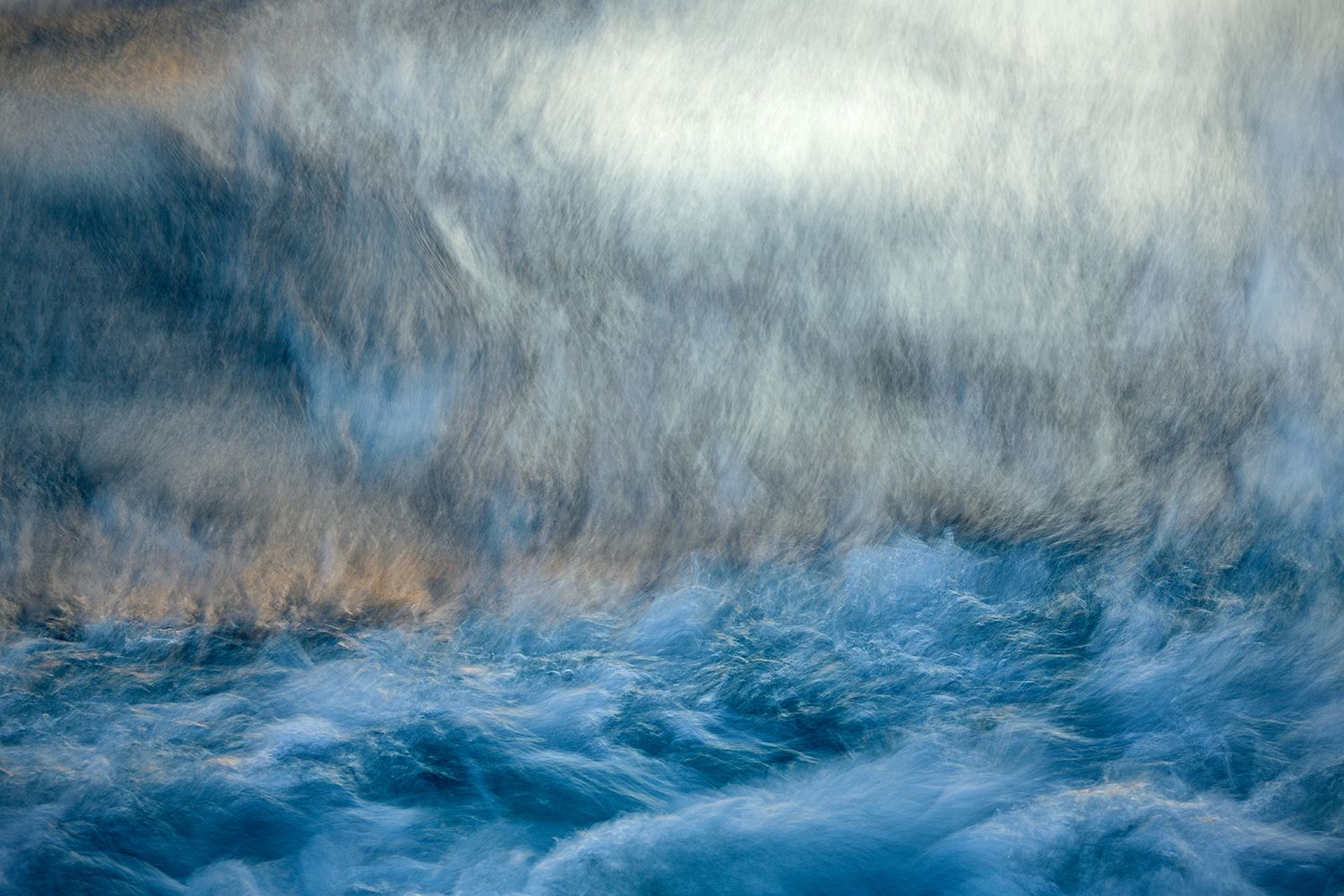
Sandra Bartocha specializes in abstract work. Photo: Sandra Bartocha
One of the finalists in this category also used a slow shutter speed and moving water to create an artistic image. The streaks that grant this starfish a sense of flight arise from the water flowing against the sand.

A stationary starfish, moving water, and early morning light create this artistic juxtaposition. Photo: Aniket Thopate
Human/Nature winners
Many of the finalists in this category emphasize species’ vulnerability or suffering. But the winner shows humans risking their own safety to help an animal. The Kenyan Wildlife Service veterinary team, shown here, attempts to administer anesthesia to an endangered black rhino, an animal more than capable of killing a human even when sedated.
Work by the Kenyan Wildlife Service has gone a long way to protecting this creature, once hunted nearly to extinction.

Ami Vitale is a highly lauded photojournalist whose resumé includes work for National Geographic. Photo: Ami Vitale


